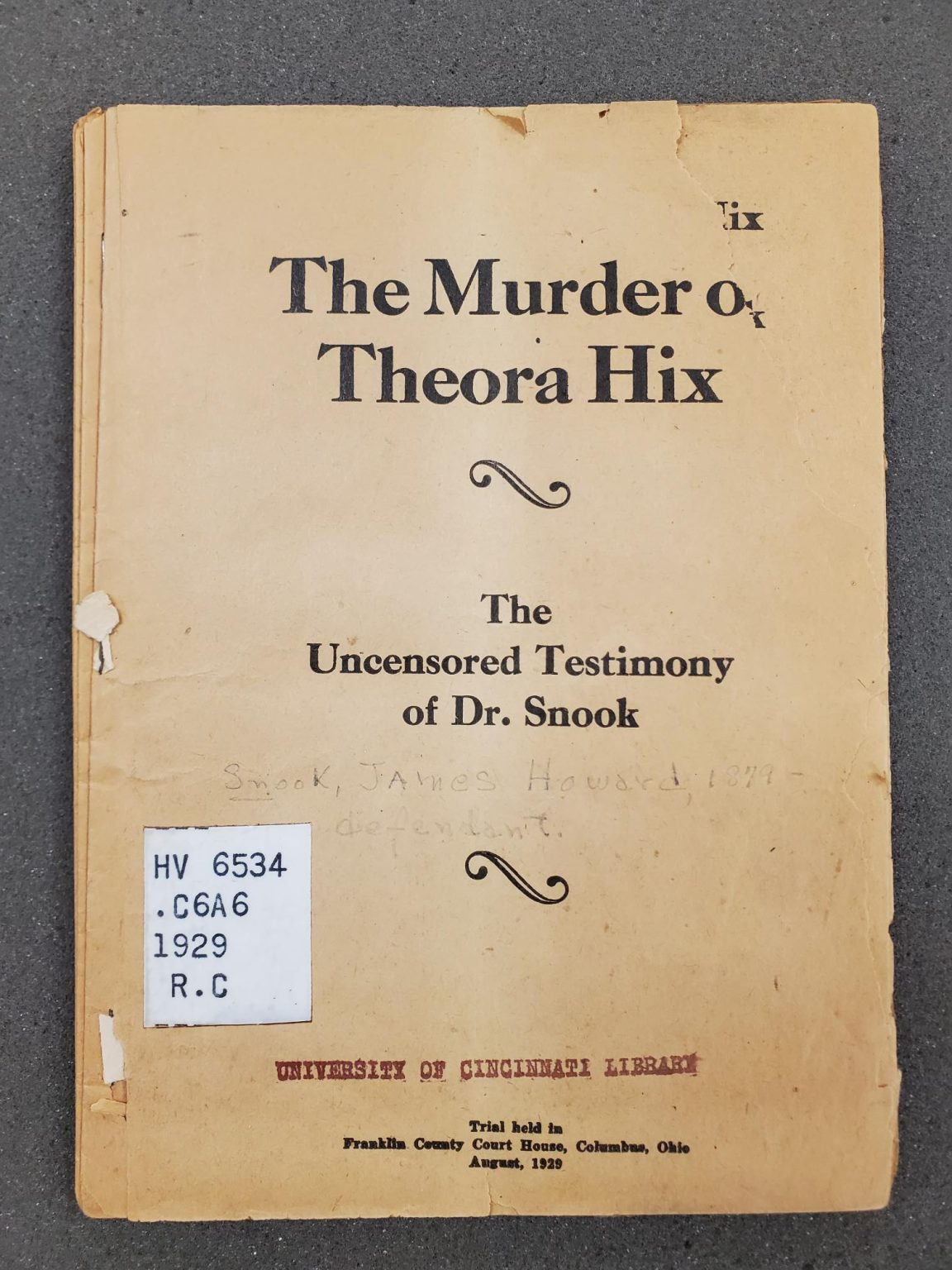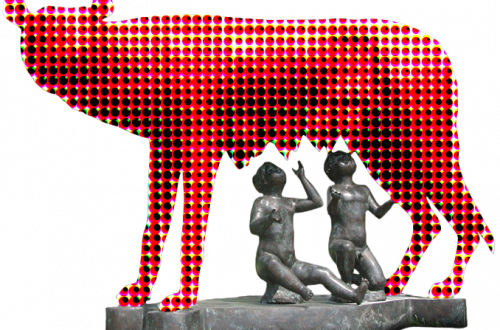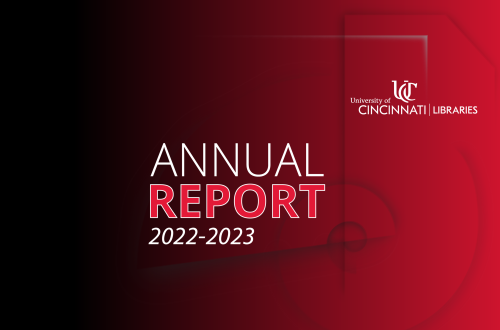Details of 1929 Ohio murder case in recent media spotlight
By Christopher Harter, University Archivist and Head of the Archives and Rare Books Library
“Details of Scandalous Hix-Snook Murder Trial Lives on in UC Library.”
This headline appeared atop a May 2024 Cincinnati Enquirer article by crime reporter and podcaster Amber Hunt, which detailed “a small, tattered booklet” preserved at the Archives and Rare Books Library that contained “the transcripts of one of Ohio’s most salacious 20th century trials.” The booklet, entitled “The Murder of Theora Hix. The Uncensored Testimony of Dr. Snook,” details the1929 murder trial of Dr. James Snook of Columbus, Ohio, who was accused of killing Theora Hix, a student at Ohio State University with whom he allegedly had an affair. It is one of many rare books in the Archives and Rare Books Library, which curates UC’s collection of more than 50,000 rare books, university archives, local government records, urban studies and German-Americana collections.

The booklet was cheaply printed and, while undated with no author or publisher listed, was obviously produced soon after the Snook trial to capitalize on news coverage of the legal case. Some sources list it as the compilation of the court stenographer assigned to the case. It opens by stating “For sheer interest and the arousing of public sentiment to a high pitch no murder in the criminal records of Ohio as approached the slaying of Theora K. Hix and the trial of her betrayer,” and both the trial and resulting booklet were considered shocking for their coverage of the graphic details of the Hix-Snook relationship and the murder.
The booklet falls firmly within the tradition of “penny dreadfuls,” which serialized news stories of crime and murder and were popular in the United Kingdom during the 19th century. It is also a precursor to today’s supermarket tabloids with stories of celebrity scandal and affairs and true crime literature. However, apart from the sensationalistic aspect of the booklet, it also provides a window into gender and power dynamics during the early 20th century in relating the story of the relationship of a young female student and an older male professor and employer. Notions of “proper” etiquette and female sexuality intersect in testimony detailing Theora Hix’s relationship with Snook and another man. Questions of coercion by prosecutors and police in obtaining Snooks’ testimony have also been raised by those examining the case. A cheap little booklet filled with lurid testimony becomes more than it seems when viewed through these lenses.
You can read more about recent coverage of the Enquirer article on the Hix-Snook. Access to the article is paywalled, but can be accessed by UC affiliates via the UC Libraries’ database subscription.


